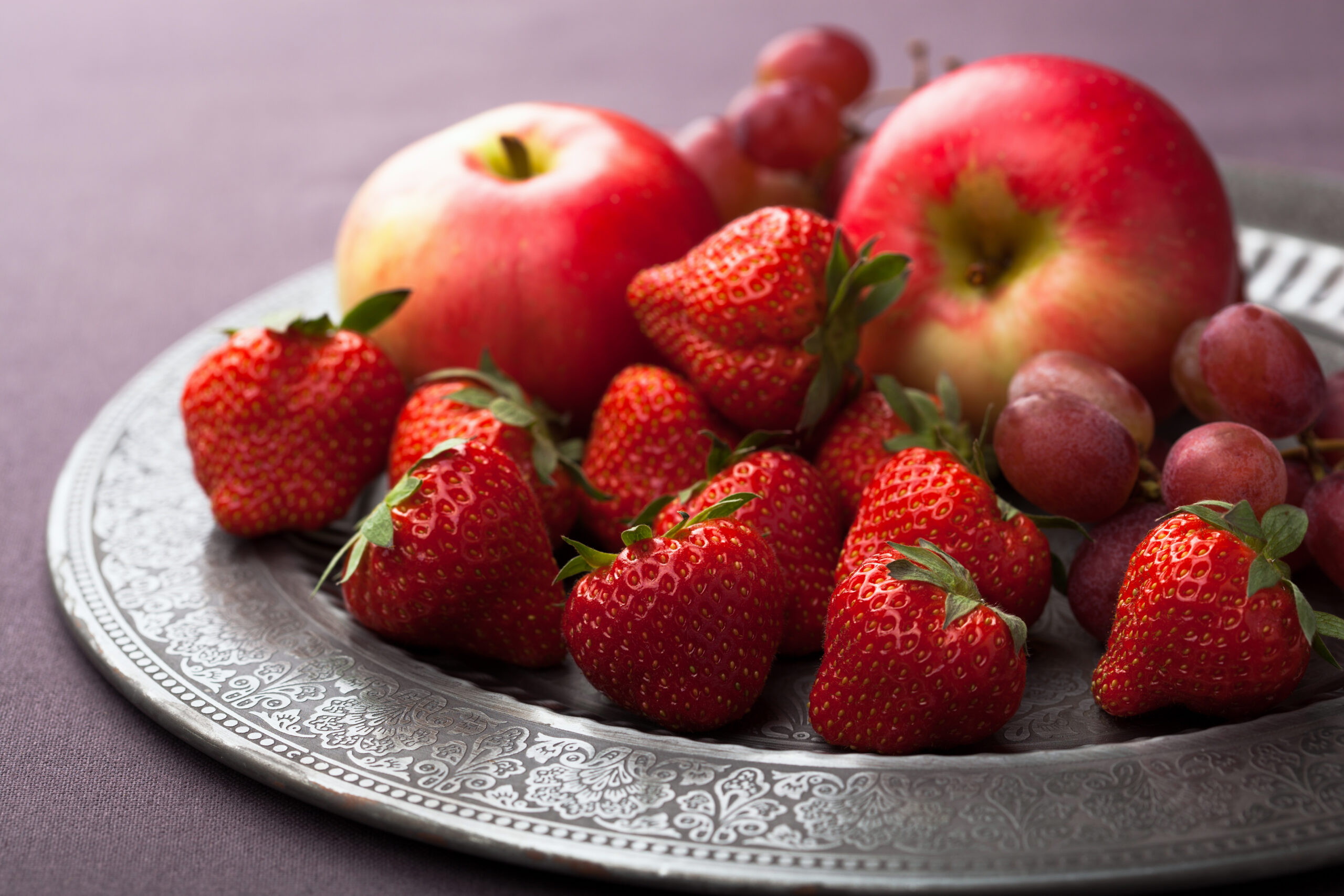Table of Contents

New alarming research reveals strawberries topped the 2024 "Dirty Dozen" list with concerning levels of pesticide residues, while experts debate whether these chemical traces truly pose significant health risks to consumers.
At a Glance
- The Environmental Working Group (EWG) examined 47,510 samples from 46 fruits and vegetables, finding traces of 254 different pesticides despite cleaning procedures
- Strawberries, spinach, kale, grapes, and apples rank among the most contaminated produce items in the 2024 "Dirty Dozen" list
- Children face greater pesticide toxicity risks due to their smaller size and developing brains
- Simple methods like washing with baking soda solution, peeling, and choosing organic options can reduce pesticide exposure
- Experts stress that consuming fruits and vegetables remains important for health, regardless of conventional or organic growing methods
Understanding the "Dirty Dozen" List
The Environmental Working Group's annual "Shopper's Guide to Pesticides in Produce" has once again identified the fruits and vegetables containing the highest pesticide residues. The 2024 investigation analyzed tens of thousands of samples tested by the USDA and FDA, revealing a concerning reality about what remains on our produce even after standard cleaning procedures. This year's "Dirty Dozen" includes strawberries, spinach, kale, collard and mustard greens, grapes, peaches, pears, nectarines, apples, bell and hot peppers, cherries, blueberries, and green beans.
More than 95% of samples of strawberries, apples, cherries, spinach, nectarines, and grapes tested positive for residues of two or more pesticides. Particularly concerning is the finding that kale, collard, mustard greens, and peppers had the highest pesticide diversity, with 209 different pesticides identified across all Dirty Dozen items. The EWG's methodology considers multiple factors including the percentage of samples with detectable pesticides and the average number of pesticides found.
Health Implications and Expert Perspectives
The potential health consequences of pesticide exposure have drawn increasing attention from medical researchers and health organizations. Over 800 pesticides are registered for use in the United States, with continuous exposure, even at low levels, potentially contributing to chronic health conditions. Studies have linked pesticide exposure to respiratory problems, reproductive issues, neurological damage, obesity, breast cancer, memory loss, and increased cancer risk. Children appear particularly vulnerable due to their developing brains and smaller body size.
However, expert opinions on the actual health risk posed by these residues remain divided. Some toxicologists suggest the levels found in the "Dirty Dozen" produce are likely too low to cause significant health effects, while others argue that the cumulative effect of multiple pesticide exposures remains poorly understood. The National Institute of Environmental Health Sciences notes that certain pesticides "are used in large quantities and may pose risks for a variety of health problems."
The "Clean Fifteen" and Reducing Exposure
For health-conscious consumers, the EWG also provides the "Clean Fifteen" list of fruits and vegetables least likely to contain pesticides. These include avocados, sweet corn, pineapple, onions, papaya, frozen sweet peas, asparagus, honeydew melon, kiwi, cabbage, watermelon, mushrooms, mangoes, sweet potatoes, and carrots. These foods consistently show lower pesticide residues and offer alternatives for those concerned about chemical exposure but unable to purchase organic options for all their produce.
Practical approaches to reducing pesticide exposure include choosing organic produce when possible, thoroughly washing conventional produce in cold water, using a baking soda solution (one teaspoon per two cups of water) for more effective pesticide removal, peeling fruits and vegetables where appropriate, and considering blanching or boiling certain vegetables. The growing organic market, with Americans spending over $26 billion on organic produce in 2010, reflects increasing consumer concerns about pesticide exposure and environmental impacts.
Balancing Concerns with Nutritional Needs
Health professionals emphasize that while pesticide concerns are legitimate, they shouldn't prevent people from consuming adequate fruits and vegetables. The nutritional benefits of these foods, including fiber, vitamins, minerals, and antioxidants, far outweigh the potential risks from pesticide residues for most people. The USDA Pesticide Data Program reports that over 99% of food tested meets EPA safety standards, with more than a quarter having no detectable pesticide residue at all, providing some reassurance to concerned consumers.
The EWG research also identified potentially concerning fungicides among the most common pesticides detected: fludioxonil, pyraclostrobin, boscalid, and pyrimethanil. These findings underscore the importance of consumer awareness and proper food preparation techniques for reducing exposure, while also supporting calls for more stringent agricultural regulations and better production practices that can ensure fewer pesticide-laden food products reach consumers' tables.
AD
Most Recent
AD
